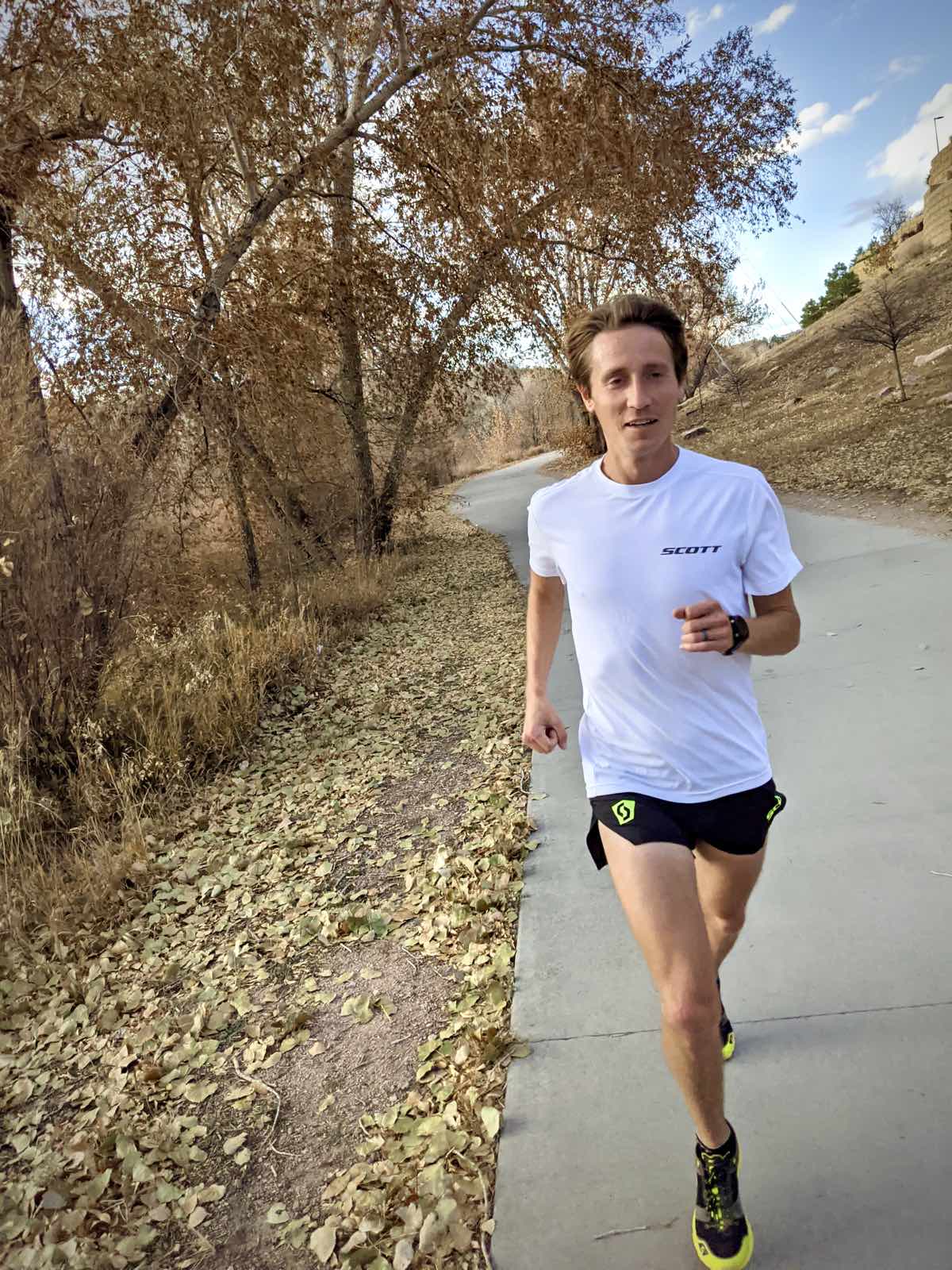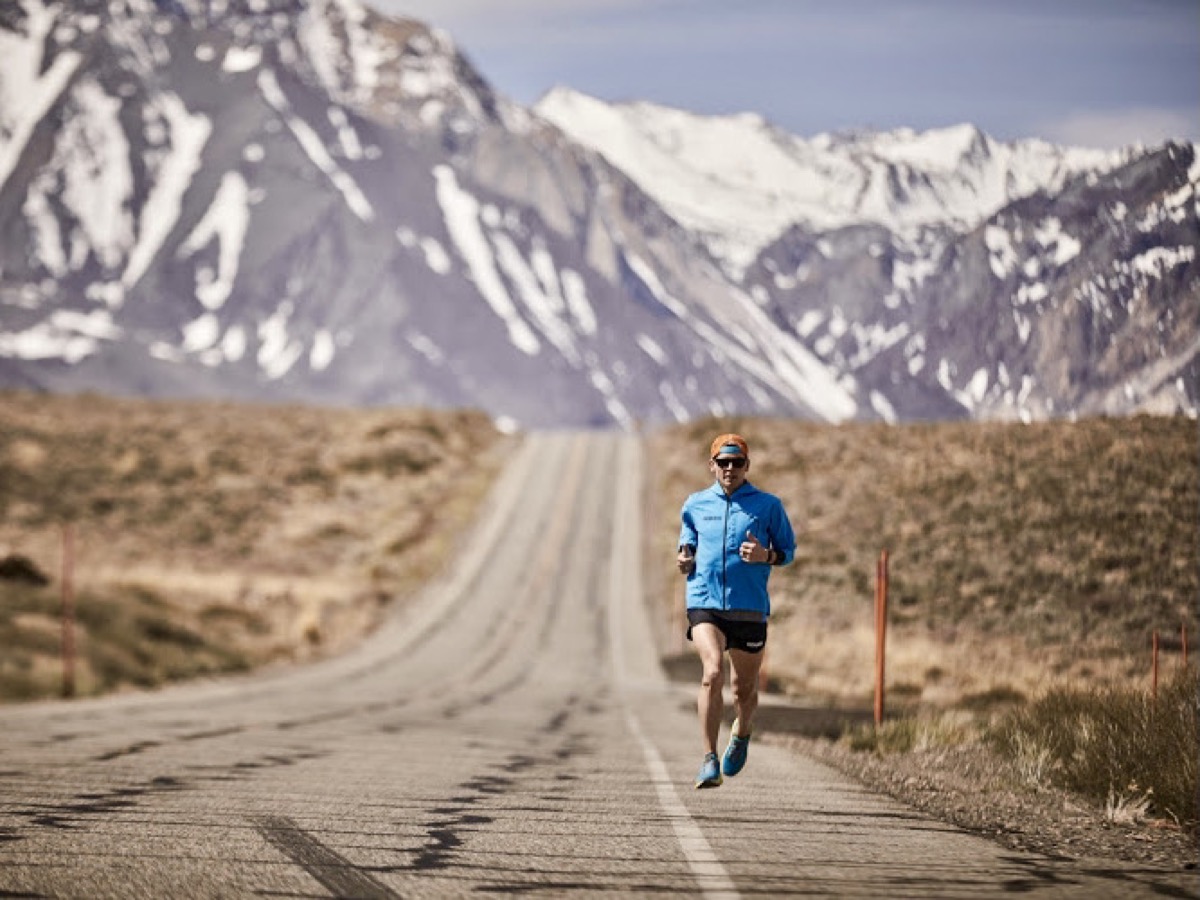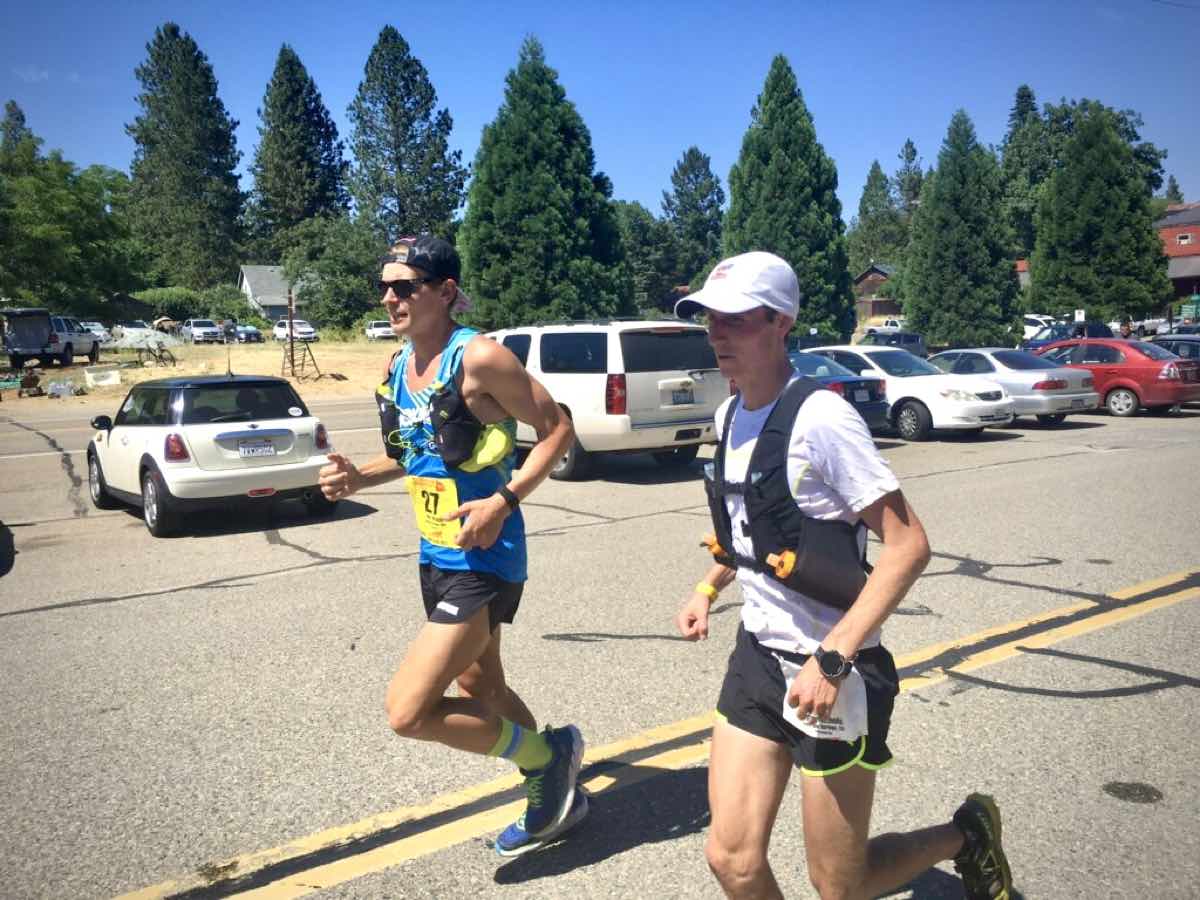So, you’ve signed up for your summer mountain ultramarathon and are ready to get to work with your training plan. You know via the race’s elevation profile that you’ve got some serious climbing and descending in your goal event. That means lots of vertical climbing and descending in your training schedule, because that’s what all of the professionals are doing on Strava, right? Maybe, or maybe not. As we will see in this article, flat running is an often-overlooked piece of the fitness puzzle.
Of course, training specifically for elevation change is an important aspect of any mountain-ultra training plan. Uphill running can develop leg strength, aerobic power, and increase muscle recruitment. The specific stress of downhill running should also be addressed, as coach Ian Torrence describes in his iRunFar article “Don’t Let Downhills Be Your Downfall.” But those massive climbs and quadriceps-busting downhills are some of the highest injury-risk runs, and should be treated as such.
Let’s have a look at the consequences of downhill running. One study found that the overall impact forces of running on a nine-degree downhill slope are 54% greater than flat running, and parallel braking forces increase by 73% at the same time (2). It is no surprise that their data indicated that downhill running greatly increased the risk of overuse injury. A separate study took a look at downhill running related to soreness and running economy (1). The findings showed that submaximal running economy was reduced by 4% to 6% two days after a 30-minute downhill run at -12% grade. What we learn here is that the possible injury implications of downhill running and the negative economical effects of sore quads should be considered when planning a training schedule. If you are still feeling sore and stiff a couple of days after a big vert run, there is a very real chance you will not be running at 100% of your normal efficiency and you may need to alter your plans.

The author Alex Nichols training on flat terrain. All photos courtesy of Alex Nichols unless otherwise noted.
This is when flat running takes center stage. Tim Tollefson, a two-time UTMB podium finisher, explains that, “Flatter running is perhaps the most underrated variable to consider with trail runners. People get caught up in sexy Strava weeks with ridiculous totals, but average speed wins races. Too much of any good thing starts to work against the desired outcome and more often than not, focusing on vertical gain alone is likely to drive someone into overtraining, underperforming, and total burnout.” When training for a mountain ultra race like UTMB, Tim will average at least two or three flat-running days per week. He treats big vert days with respect and notes that, “…Just as speedwork can’t be done every day, I view weekly vertical gain as a similar variable that must be manipulated carefully so as to avoid burnout or overtraining.”
Flat running is also a multi-dimensional training tool. When running flat, we can more easily keep our efforts under control. One of the most common mistakes I see runners make, whether they are new to running or competing at a collegiate level, is running too hard on recovery days. When vertical gain is added to the mix with a hilly run, it can be even more difficult to dial back the effort. Whether it is staying within the recovery-effort range or improving running economy with speedwork, flatter running is a predictable and controllable training stimulus.
By adding in flatter, high-quality workouts to his training, Tim is able to maintain his faster running mechanics: “Running economy is important across all disciplines and the most effective method to develop this is through quicker running and focused form drills. One to two days a week, I include intervals, typically in fartlek fashion, to ensure I don’t lose touch with that efficiency in my stride.” By staying flat, Tim can recover more quickly from his higher-intensity workouts without needing to wait on trashed quads to heal.
What we’re advocating for here is a balance between vertical specificity and flatter running. If you have access to mountain trails or a place to simulate them in hilly terrain, it will be beneficial to utilize vertical change in your training as you prepare for a mountain race. But just like anything, more is not always better. As Tim and many other high-level trail runners understand, a varied and progressive approach to training will produce greater improvement than focusing on one training metric alone. Flat running can be included to balance those more specific training runs, by both allowing you to take your easy days easy and to work on your running economy. This will leave you ready to put a good effort into those specific hilly or mountainous runs.
One last thought, whether it is an easy recovery run with friends or a fast interval session on the track, running flat is also fun. As Tim says, “Speedwork reminds me of my youth, of ripping around a cross-country course or barreling home after the final steeplechase barrier. There is no substitute for that feeling of moving quickly through space and grasping for every inch of ground in front of you. This is running at its purest form.”
Call for Comments
- When you’re training for a hilly or mountainous race, do you get caught up in accumulating vertical to the detriment of training on flat terrain?
- How do you incorporate flat running into your training?
- What advantages have you experienced in training on flat terrain?
References
- Baumann, C., Green, M., Doyle, J., Rupp, J., Ingalls, C. and Corona, B. (2014). Muscle Injury after low-intensity downhill running reduces running economy. Journal of Strength and Conditioning Research, 28(5), pp.1212-1218.
- Gottschall, J. and Kram, R., (2005). Ground reaction forces during downhill and uphill running. Journal of Biomechanics, 38(3), pp.445-452.


